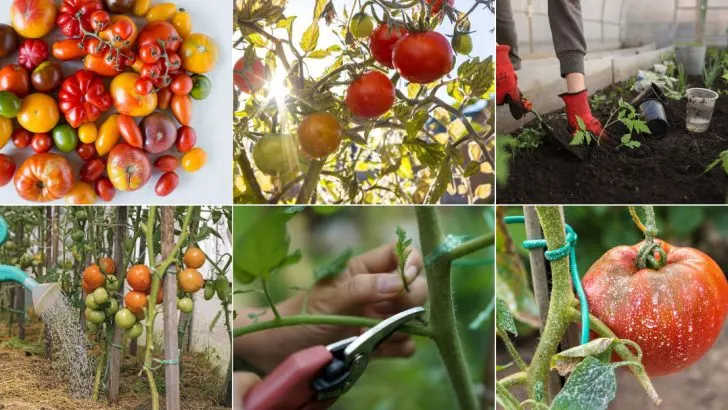A homegrown tomato isn’t just a fruit—it’s a summer masterpiece. Sweet, juicy, and bursting with flavor, it makes store-bought versions look like pale imposters.
But growing the perfect tomato? That’s an art.
Too much water, and they turn bland. Too little, and they crack.
And don’t even get started on pests who think they deserve a bite. The good news?
With a few smart tricks, you can grow tomatoes so delicious, your neighbors will beg for a taste. From soil secrets to pruning hacks, these tips will turn your garden into a tomato paradise.
Ready to grow the best tomatoes of your life? Let’s get planting!
Choose the Right Variety

Selecting the right tomato variety is crucial for success. Consider your climate and space.
Cherry tomatoes thrive in containers, while beefsteaks need room to sprawl. Heirloom varieties offer unique flavors, but require more care.
Researching these aspects helps in making an informed choice. Plant breeders offer disease-resistant hybrids, which can be beneficial in pest-prone areas.
Knowing your needs and limitations will guide you to the perfect pick. It’s not just about choosing the most popular type, but what suits your garden best.
Optimal Sunlight Exposure
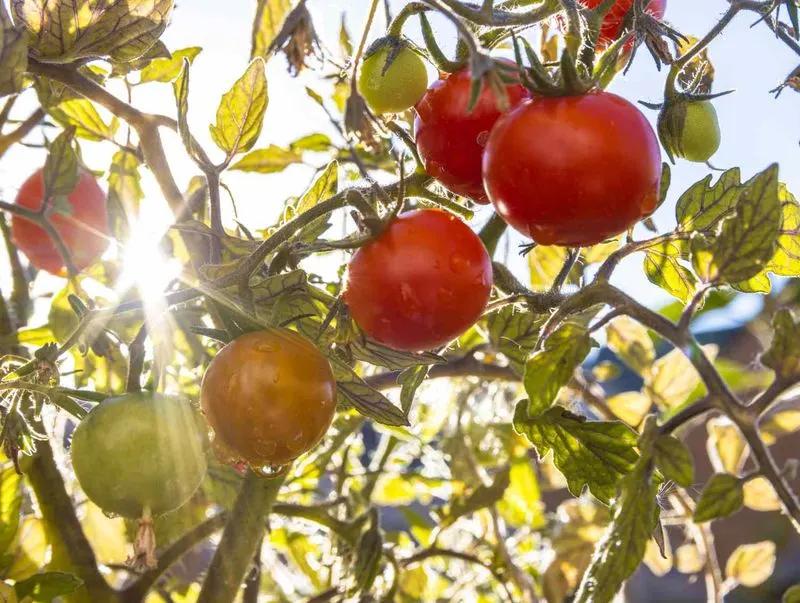
Tomatoes crave sunlight, requiring at least 6-8 hours of direct sun daily. Position your plants where they can soak up the rays.
Avoid shady spots as they hinder growth and fruit production. Morning sun is particularly beneficial, helping to dry dew and prevent diseases.
If garden space is limited, consider rotating pots to ensure even light distribution. Tracking the sun’s path throughout the day can maximize exposure and lead to healthier plants.
Remember, sunlight is as vital as water and nutrients in tomato cultivation.
Soil Preparation
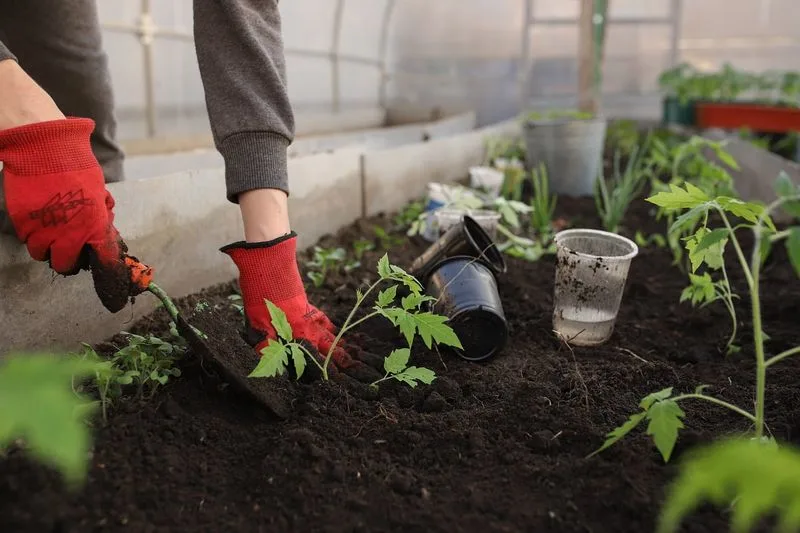
Preparing the soil is a foundational step for thriving tomatoes. Rich, well-drained soil with a pH between 6.
0 and 6. 8 is ideal.
Incorporating organic matter like compost or aged manure boosts fertility and structure. Ensure the soil is loose to allow roots to penetrate easily, promoting robust growth.
Regularly testing soil composition can guide necessary amendments. Avoid compacted soils, as they restrict root expansion and water flow.
A well-prepared bed sets the stage for healthy, productive plants, enhancing both yield and quality.
Watering Techniques
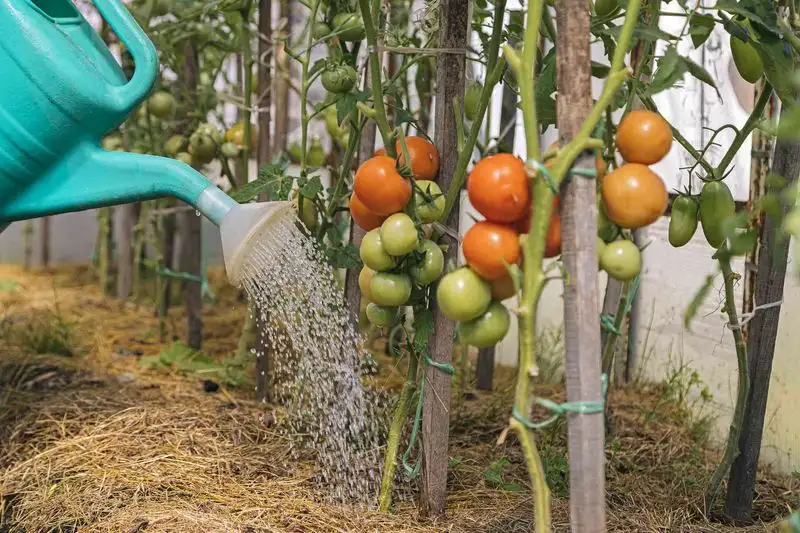
Watering is an art that can make or break your tomato garden. Deep, infrequent watering encourages strong roots, while shallow watering leads to surface roots and instability.
Early morning is the optimal time to water, reducing evaporation and fungal risks. Drip irrigation systems or soaker hoses offer consistent moisture levels without waterlogging.
Mulching helps retain soil moisture and regulate temperature. Monitoring weather conditions and adjusting watering accordingly ensures plants receive the right amount.
Proper hydration is key to preventing blossom-end rot and cracking.
Support Structures
Tomato plants benefit from sturdy support structures. Stakes, cages, or trellises keep them upright, facilitating better air circulation and sun exposure.
This prevents diseases and makes harvesting easier. Choose a support that fits your space and tomato variety.
For indeterminate types, taller stakes are necessary as these plants grow continuously. Reinforce supports to withstand wind and heavy fruit loads.
Regularly check and adjust ties to prevent stem damage. Proper support not only boosts the plant’s health but also enhances fruit quality and ease of care.
Pruning and Pinching
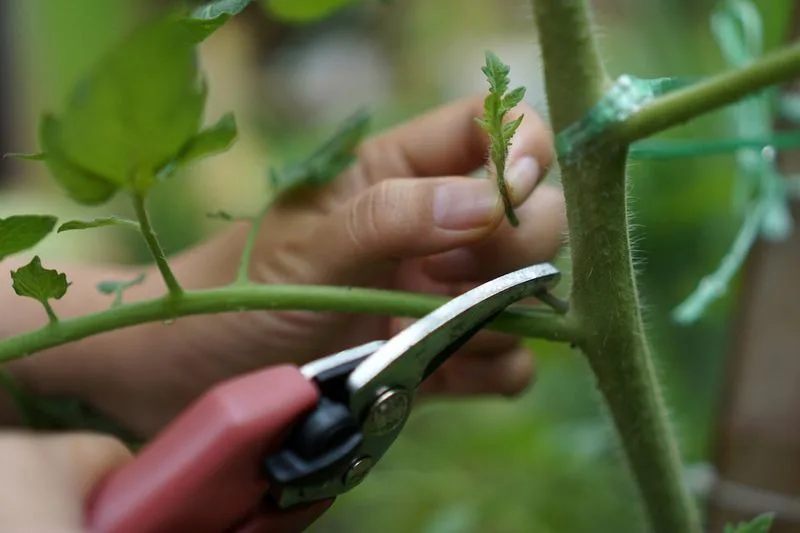
Pruning is essential for maintaining healthy tomato plants. Removing suckers, the small shoots between the main stem and branches, focuses energy on fruit production.
Pruning also improves air circulation, reducing disease risk. Pinch suckers when they’re small to minimize plant stress.
For bushier plants, limit pruning to control growth. Regularly inspect and remove yellowing leaves to concentrate nutrients on healthy foliage.
Pruning requires a balance; overdoing it can reduce yield. Understanding the plant’s growth habit aids in effective pruning strategies, maximizing both health and productivity.
Pest Management
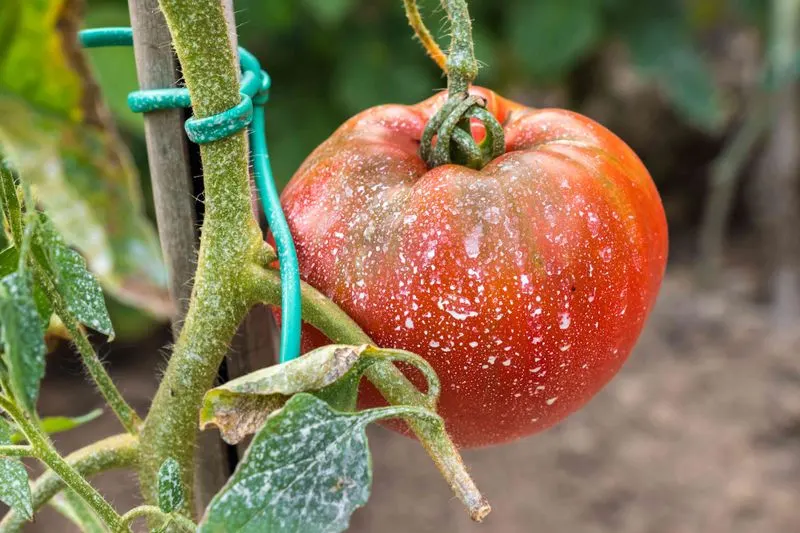
Effective pest management is crucial for a flourishing tomato garden. Regularly inspect plants for signs of trouble like holes or discoloration.
Natural predators, such as ladybugs, can be allies against aphids. Organic pesticides offer a safer alternative to chemicals, preserving beneficial insects.
Rotating crops yearly disrupts pest cycles, while companion planting with basil or marigold deters harmful bugs. Ensure plants are healthy, as stressed ones attract more pests.
Combining various strategies creates a holistic defense, safeguarding your tomatoes without harming the environment.
Disease Prevention
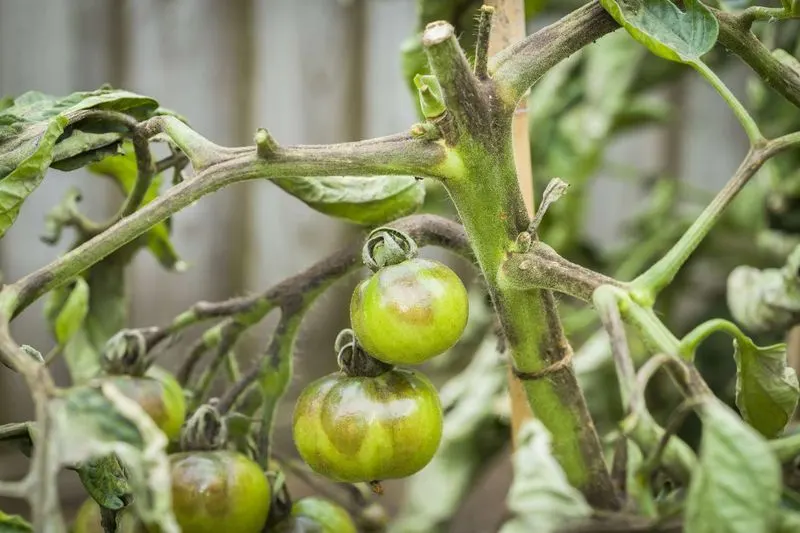
Preventing disease is easier than curing it. Start by selecting disease-resistant varieties, reducing vulnerability.
Ensure proper spacing between plants to enhance air flow, crucial in minimizing fungal issues. Water at the base to keep leaves dry, reducing risk of blight.
Rotate crops to prevent soil-borne diseases from persisting. Regularly remove debris and weeds that can host pathogens.
If disease appears, act swiftly by removing affected areas and applying organic treatments. Vigilance and prompt action are key to maintaining plant health and robust yields.
Fertilization
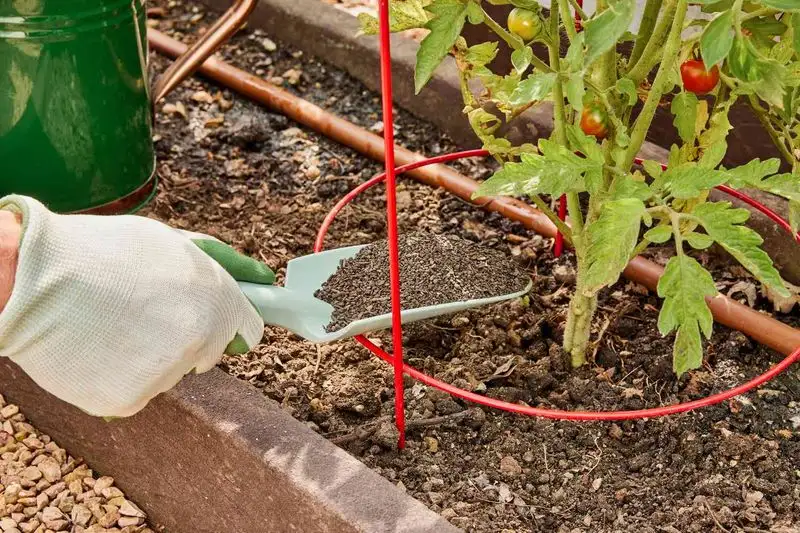
Fertilizing tomatoes is about balance. Too much can lead to leafy plants with little fruit, while too little stunts growth.
Begin with a balanced fertilizer at planting, then switch to one higher in phosphorus for flowering and fruiting stages. Organic options like fish emulsion or bone meal provide nutrients without chemical side effects.
Regularly test soil to tailor fertilization needs, avoiding nutrient build-up. Moderation is essential; over-fertilizing can burn roots and damage plants.
Understanding your soil’s unique requirements guides effective fertilization strategies, supporting healthy, productive growth.
Mulching
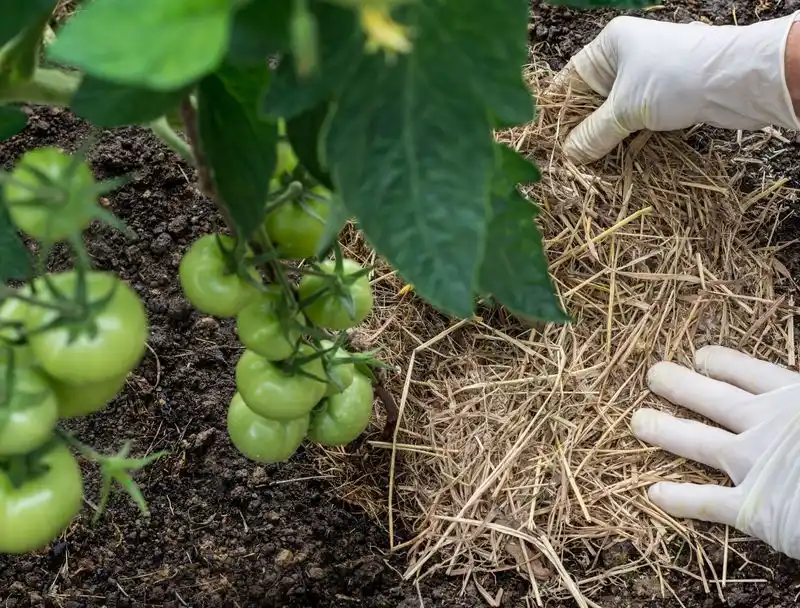
Mulching is a game-changer for tomato cultivation. It conserves soil moisture, suppresses weeds, and maintains an even soil temperature.
Organic mulches like straw, grass clippings, or shredded leaves enrich the soil as they decompose. Apply a 2-3 inch layer around plants, keeping it away from stems to prevent rot.
Mulch also reduces soil splash, which can spread disease. In hot climates, it cools soil; in cooler areas, it retains warmth.
Consistent mulching supports robust growth and simplifies garden maintenance, making it a staple practice for any tomato grower.
Temperature Control
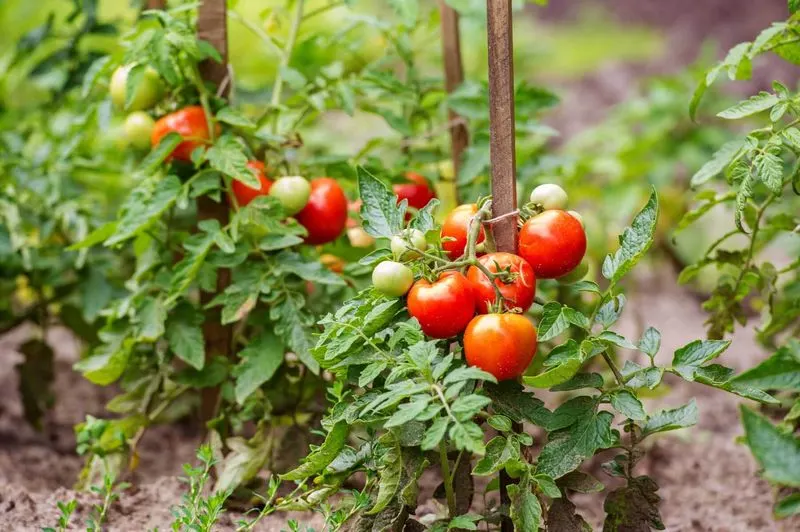
Temperature plays a pivotal role in tomato growth. Optimal temperatures range between 70-85°F during the day and 55-70°F at night.
Extreme heat can inhibit fruit set, while cold slows growth. Use shade cloths to protect plants during heatwaves and row covers to extend growing seasons in cooler climates.
Greenhouses offer controlled environments, shielding against unpredictable weather. Monitoring local forecasts helps in adjusting care practices timely.
Adapting to temperature variations ensures your tomatoes not only survive but thrive, leading to bountiful harvests.
Harvesting Techniques
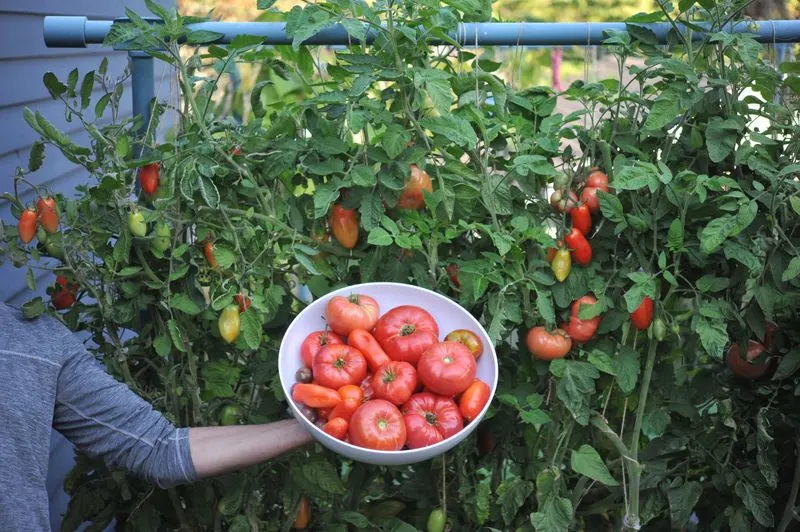
Knowing when and how to harvest tomatoes maximizes flavor and yield. Pick fruits when fully colored and slightly firm for best taste.
Gently twist or cut the stem to avoid damaging the plant. Regular harvesting encourages continued production.
Avoid refrigerating ripe tomatoes as it dulls flavor; store them at room temperature instead. If frost threatens, pick all tomatoes and let them ripen indoors on a windowsill.
Understanding the nuances of harvesting timing and technique enhances both quality and enjoyment of your crop, making every bite deliciously rewarding.
Companion Planting
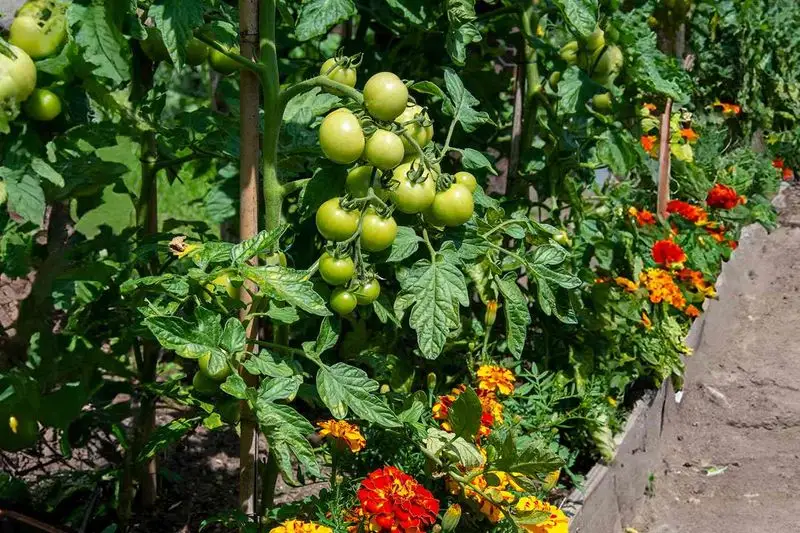
Companion planting enhances tomato growth and health. Basil repels pests and boosts flavor, while marigolds deter nematodes.
Garlic wards off aphids, making it a versatile partner. Planting beans nearby enriches the soil with nitrogen, benefiting tomatoes.
Avoid planting near corn or potatoes, which can attract pests. The right companions can improve pollination, flavor, and yield.
Consider spatial needs to prevent competition for resources. Companion planting is a time-tested strategy that fosters a balanced ecosystem, supporting vigorous growth and a more resilient garden.
Seedling Care

Caring for seedlings sets the foundation for strong tomato plants. Begin with quality seeds and sterile starting mix.
Provide consistent warmth and light, using grow lights if needed. Gradually acclimate seedlings to outdoor conditions through hardening off, preventing transplant shock.
Water gently and regularly, ensuring soil stays moist but not waterlogged. Fertilize with a diluted solution once true leaves appear.
Spacing seedlings adequately prevents overcrowding and competition. Early care impacts future growth, so invest time in nurturing these young plants to create a promising start for your garden.
Transplanting Tips
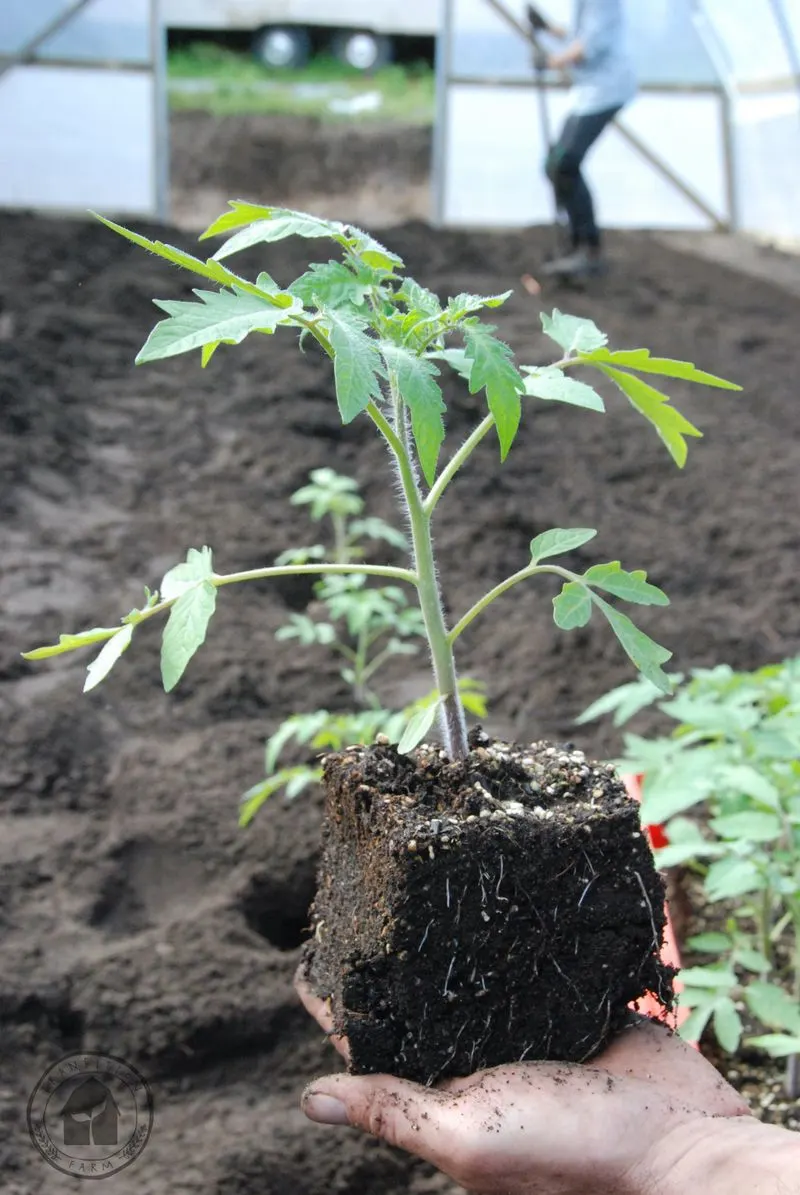
Transplanting is a critical step in tomato growing. Start with healthy seedlings and choose a cloudy day or late afternoon for less stress.
Dig a hole deep enough to cover the root ball and some of the stem, encouraging root development. Water thoroughly before and after planting to settle the soil.
Protect young plants from strong sun and wind initially. Space them according to variety and growth habit, allowing room for expansion.
Successful transplanting minimizes stress, setting the stage for vigorous growth and abundant fruiting later on.
Crop Rotation
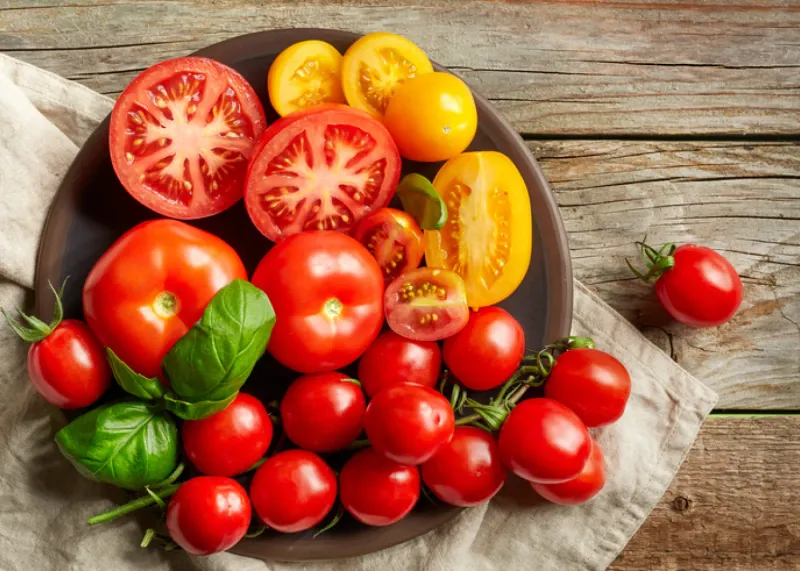
Crop rotation is essential for maintaining soil health and managing pests. Avoid planting tomatoes in the same spot year after year, as this encourages disease build-up.
Rotate with non-related crops like beans or greens to restore soil nutrients and break pest cycles. Designing a rotation plan before planting season keeps your garden organized and healthy.
This practice reduces dependency on chemical fertilizers and pesticides, promoting sustainable gardening. Crop rotation is a strategic move that supports long-term productivity and vitality of your tomato garden.
Soil Testing
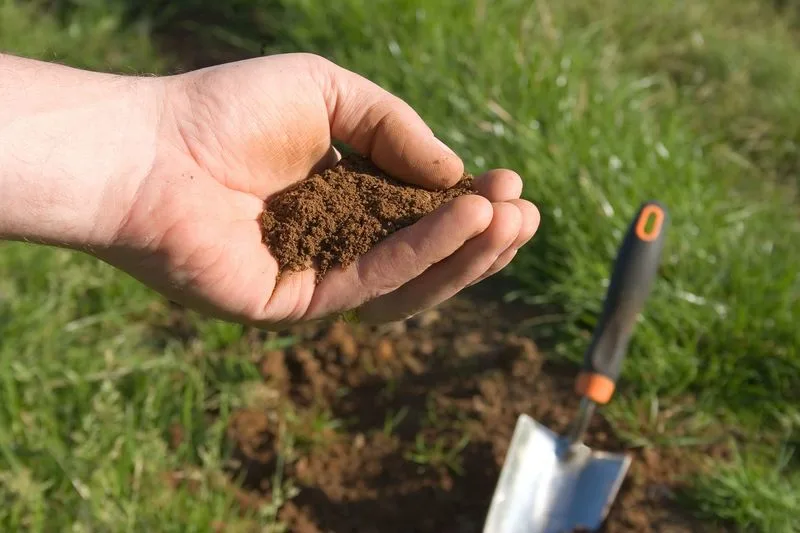
Soil testing is a smart move for thriving tomatoes. It reveals nutrient levels and pH, guiding fertilization decisions.
Testing kits are available for home use or through local agricultural extensions. Conduct tests before planting and during the growing season to monitor changes.
This information helps tailor soil amendments, avoiding over or under-fertilization. Understanding soil composition leads to informed decisions, enhancing plant health.
Regular soil testing keeps your garden in peak condition, allowing you to adjust practices as needed for optimal growth and productivity.
Winterizing Your Plants
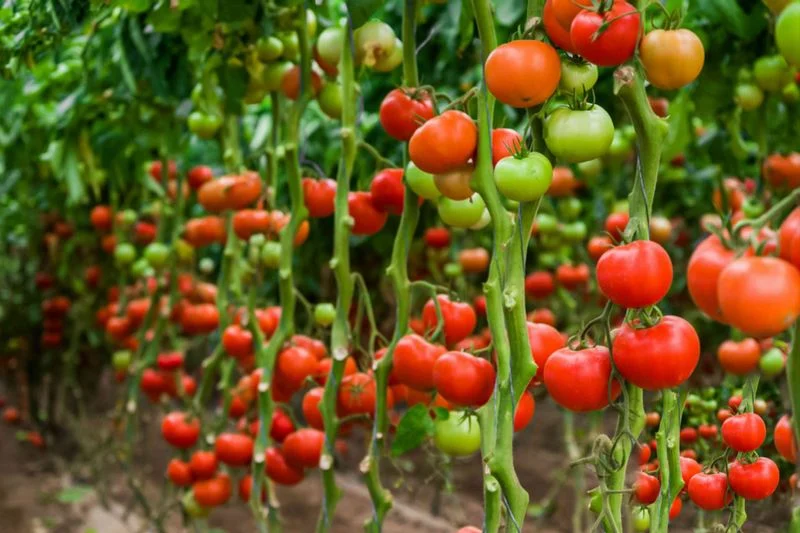
Winterizing ensures your tomato plants survive the off-season. Start by removing dead plants and debris to prevent disease.
Use frost blankets or cloches to protect from cold snaps. Mulching heavily insulates roots, preserving warmth.
If possible, relocate container plants to sheltered areas. Prune back remaining plant material to reduce stress.
Planning winter care early ensures a seamless transition into spring. By safeguarding your plants against harsh conditions, you set the stage for an even more fruitful growing season ahead.
Thoughtful preparation is key to enduring garden success.

